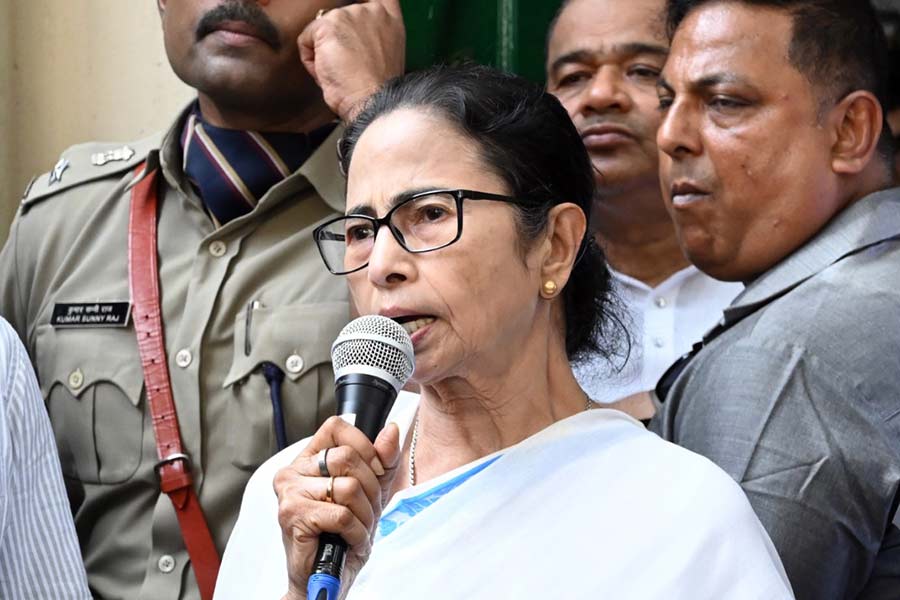Chief minister Nitish Kumar on Friday launched SRI Abhiyan 2012, a campaign to double foodgrain output, with the objective to achieve the agriculture roadmap in the state.
Experts said the campaign was started following the success of System of Root Intensification (SRI) technique that has almost doubled paddy production in Bihar.
SRI is an agricultural technique that increases the thickness of the roots of rice and wheat, which helps in the growth of a healthier plant. Less water is also required in the technique, which also helps in the formation of more grains, as the thickness and height of plants are increased.
According to the agriculture roadmap, which entails Rs 1.5 lakh crore investments over the next five years, the state government has set a target of achieving 252 lakh tonnes of foodgrain in the next five years and 354 lakh tonnes in the next 10 years.
The government has set a target of carrying out paddy cultivation in around seven lakh hectares against last year’s target of 3.5 lakh hectares.
“Our motto is to increase the income of 70 per cent people who are dependent on agriculture and allied sectors. If we (government) are able to do it, we will be able to achieve the goal of overall development in the true sense,” Nitish said, stressing on the need for organic farming.
“The government’s job is to create an atmosphere, make policies that the farmers will be able to adopt easily. In this background, our government has come up with an ambitious roadmap,” the chief minister said.
“We have also decided to connect all those villages having a population of more than 250 with metal roads,” he said, adding that apart from this, the roadmap also speaks about setting up godowns and cold storage.
He said better productivity leads to good overall production, which requires a strong procurement system, coupled with better storage capacity and road connectivity.
“We decided to purchase grains from all farmers who want to sell their produce. As a result, we have procured 21 lakh tonnes of paddy in the current season, which is a record,” Nitish said.
On the Centre’s allocation of Rs 1,000 crore for the second green revolution for the eastern states, Nitish said: “The amount is nothing but a drop in the ocean and hence the special status category alone would attract investments in the state.”
Agriculture minister Narendra Singh said the government’s endeavour in agriculture has started paying dividends, which is evident from the fact that a farmer from Nalanda has produced 224 quintal per hectare, a world record in paddy production.
He added that the state government has decided to start agriculture education from the high school-level. Agriculture production commissioner Ashok Kumar Sinha said the state, which used to produce 15 quintals of paddy per hectare in 2006, has now surpassed the national average of 21 quintal for every hectare. Bihar’s paddy production is 25 quintal per hectare, he added.











